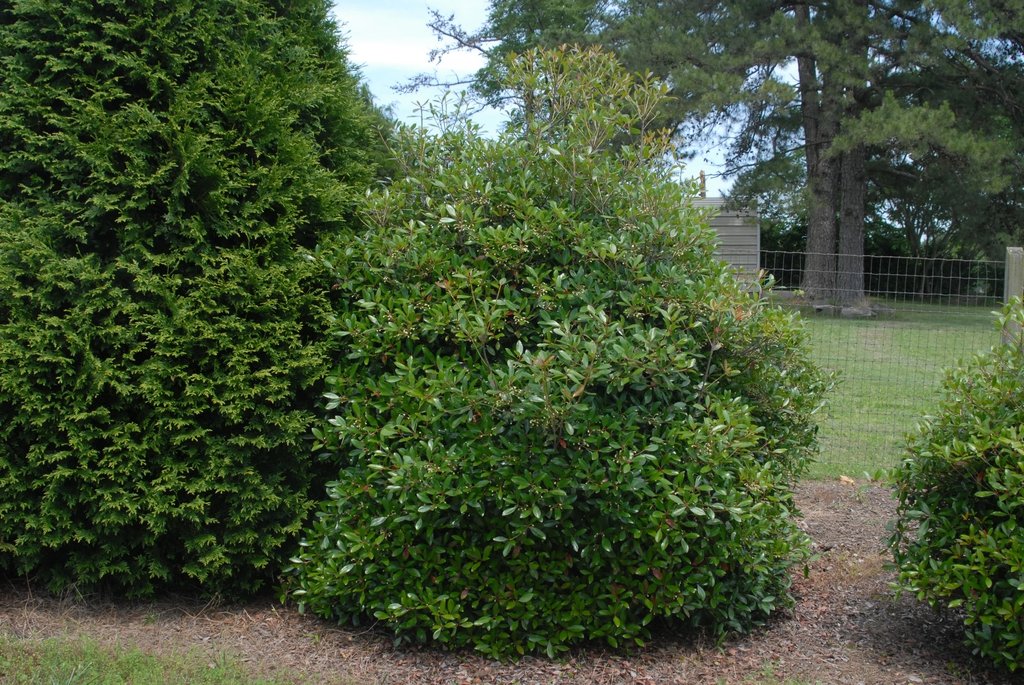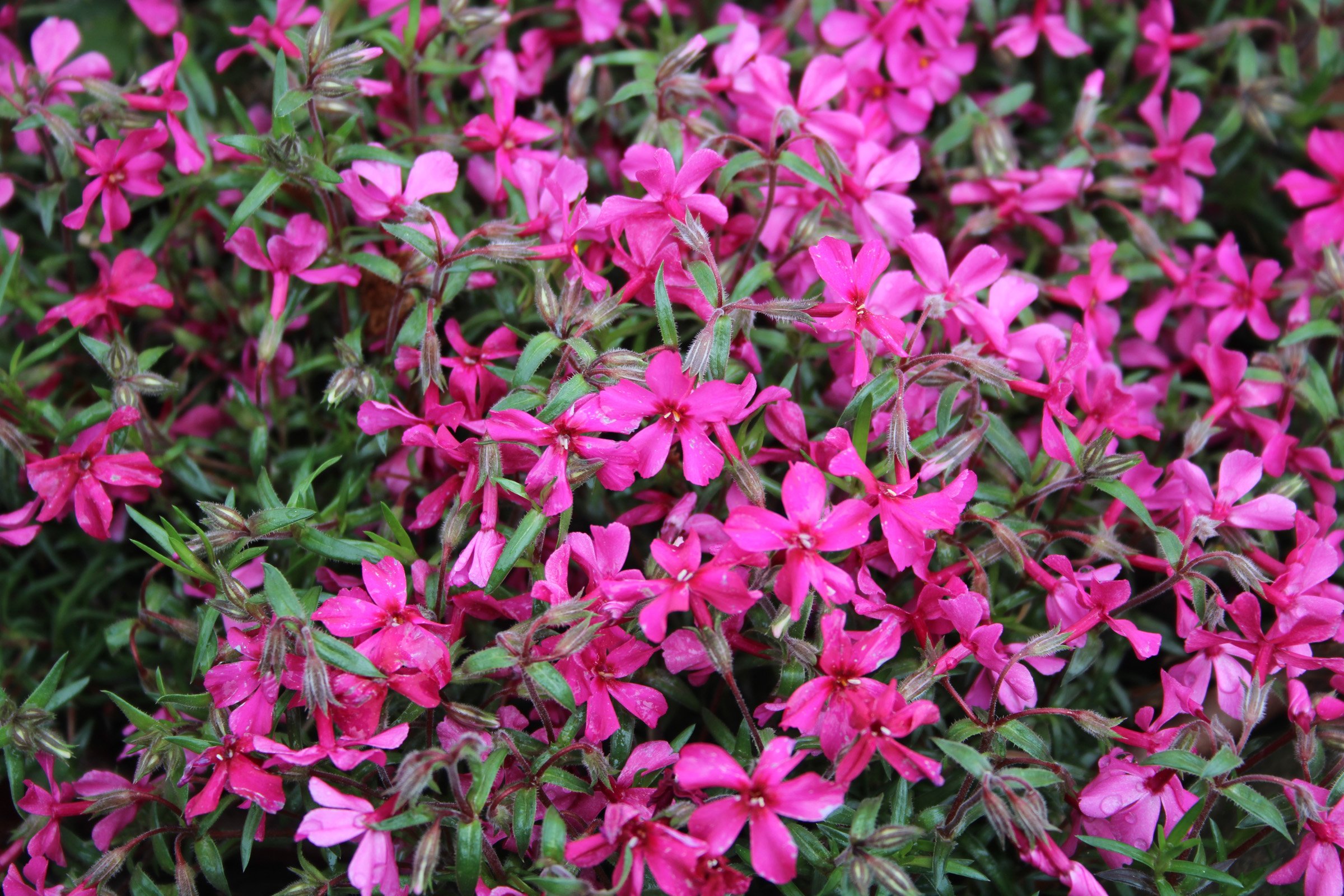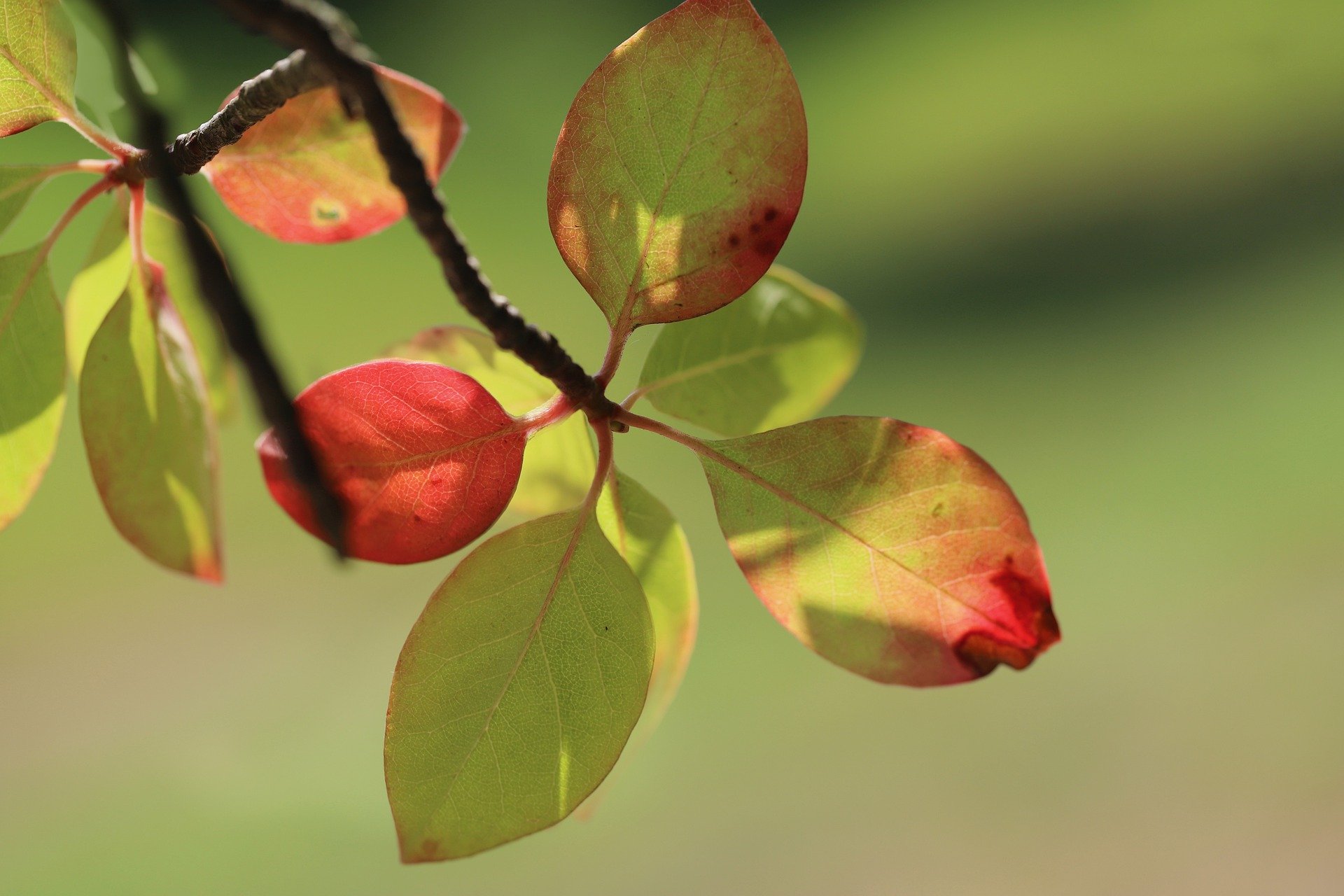Years ago, I received a Walking Iris as a garden gift from a fellow Master Gardener. It was labeled, Neomarica gracilis. I assumed that it was an ordinary Iris. The giver hesitated to describe it. Not bearded, he said. I expected a flower similar to Siberian or Dutch, or even like Japanese Water Iris, Iris ensata. The first bloom on my plant removed all those misconceptions. The flower was like no other I had ever seen – parts of three, with an unusual brown zebra-striped section in the middle. Each flower lasted only a single day, but every day brought new buds and blooms. Then the magic happened. Walking Iris flowers are held on thin stems. When the flowers are spent, the dying stem flops over onto the ground. The stem tip produces a tiny new plantlet that pushes roots into the soil. Effectively, the Walking Iris air-layers itself into a growing clump, ‘walking’ in all directions. Pretty nifty, right?
Last month, I toured the grounds of a North Carolina gardener. She had a large clump of Walking Iris. The flowers were different from the one I had owned. This called for research.
I learned that the Neomarica genus has been renamed to Trimezia. Common names include Poor Man’s Orchid, Fan Iris, and Apostle Plant. The flower does look like a cross between a Dutch Iris and an Orchid. Like other Iris, the flat leaves are held in loose fans. The Apostle Plant name came from the (incorrect) belief that the rhizome must have twelve leaves before it flowers. [For those of you who did not grow up in a Bible-reading family, Jesus Christ had twelve followers during his life on earth, known as his Apostles.]
Flower colors of Walking Iris are variable shades of purple, blue, and white depending upon the species and also the sunlight and water they receive, as well as soil fertility. They are hardy in zone 8 to 11, and can be grown as houseplants in cooler zones. They can be grown in full sun to mostly shade, but favor dappled shade for best performance. Plants are evergreen in zones 10-11, but top growth dies to the ground in zones 8-9 winters. They will tolerate heat and mild drought, but prefer consistently moist, acidic soil with monthly light fertilizer applications.
Walking Iris are easy to grow, reaching heights up to 36 inches. They will spread slowly to become large clumps. They are low maintenance, a “plant it and forget it” bulb for woodland gardens, containers, rock gardens, or borders. They are rarely troubled by insects or diseases.
This healthy clump of Walking Iris is flowering mid-April and will continue to bloom intermittently until frost. This part-sun bed is located in zone 7b.
A different color arrangement of Walking Iris.






















